ICRA Ltd projects the share of renewables (including hydro) in India’s power generation mix to rise to 35% by FY 2029-30, up from 21% in FY 2024. Coal’s share will fall to 59% from 75% in FY 2024. Gas and nuclear power contribute the balance.
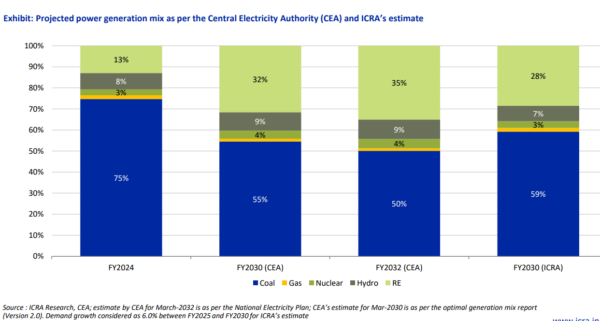
The Government of India has committed to achieving 50% of its installed power capacity from non-fossil fuel sources by 2030. Notably, the government has notified a year-wise trajectory of Renewable Purchase Obligations (RPOs) including energy storage obligations till 2030. As per this trajectory, the obligated entities, mainly electricity distribution companies (DISCOMs), in each state, are required to meet their minimum share (24.3% in 2023 to 43.3% in 2030) of electricity purchase from renewable energy (RE) sources. These obligations are intended to drive the consumption of renewables in the country and thus help to achieve the climate action goals of the government wherein it aims to increase the share of non-fossil fuel-based power capacity to 50% by 2030.
ICRA anticipates that achieving the RPO target of 43.3% by FY2030 will require more than doubling the current renewable energy capacity (around 200 GW) to 441 GW to meet the future demand. This will involve significant investments in energy storage and grid integration solutions, as well as addressing challenges related to land acquisition and transmission infrastructure.
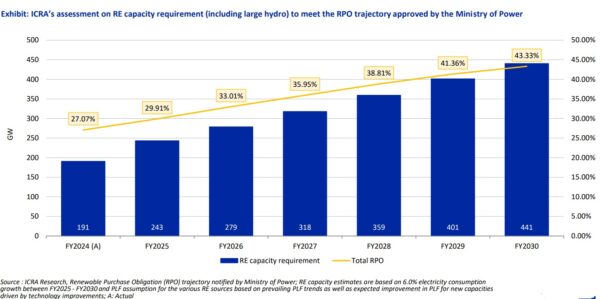
Girishkumar Kadam, senior vice president & group head – Corporate Ratings at ICRA, remarked, “India has made significant progress in renewable energy capacity addition with a strong policy focus, but factors such as energy storage, grid integration, and fully integrated renewable energy equipment manufacturing pose challenges, given the increasing share of renewables in the energy mix. The evolving landscape presents both risks and significant investment opportunities, especially as the demand for cleaner energy sources intensifies. The sector’s growth potential is immense, provided the Government addresses these pressing issues expeditiously.”
Electric vehicles
According to ICRA, by FY2030, electric two-wheelers will account for 25% of new vehicle sales in India, while electric three-wheelers and buses will constitute 40% and 30%, respectively. ICRA expects the EV sector to attract substantial investments, with nearly INR 25,000 crore anticipated to be poured into charging infrastructure and localisation of EV components over the next three to four years.
Charging infrastructure, battery technology, and supply chain resilience are the key requisites for a successful transition to sustainable transportation.
According to ICRA, the EV charging infrastructure is gradually improving. It projects the total number of public charging stations in India to reach 45,000-50,000 by the end of CY 2025, from 19,800 in CY 2023. Although only at 30-40% currently, localization levels of EV components are also gradually improving. Out of the various EV components, battery cell, which is high on technology and capital intensity, is still imported.
This content is protected by copyright and may not be reused. If you want to cooperate with us and would like to reuse some of our content, please contact: editors@pv-magazine.com.
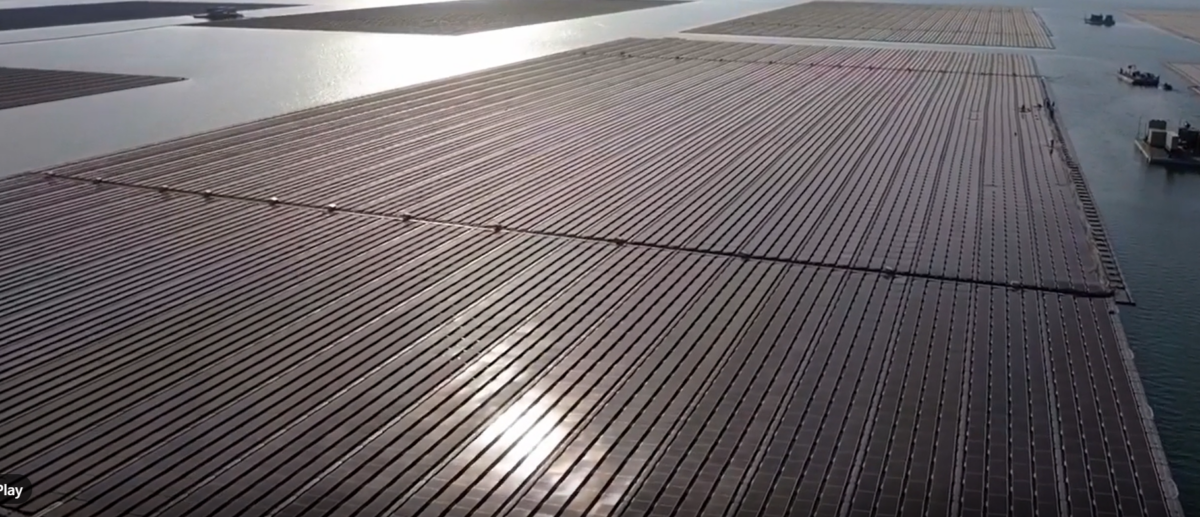






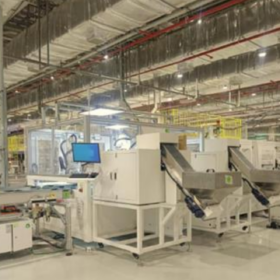
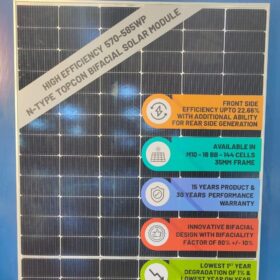
1 comment
By submitting this form you agree to pv magazine using your data for the purposes of publishing your comment.
Your personal data will only be disclosed or otherwise transmitted to third parties for the purposes of spam filtering or if this is necessary for technical maintenance of the website. Any other transfer to third parties will not take place unless this is justified on the basis of applicable data protection regulations or if pv magazine is legally obliged to do so.
You may revoke this consent at any time with effect for the future, in which case your personal data will be deleted immediately. Otherwise, your data will be deleted if pv magazine has processed your request or the purpose of data storage is fulfilled.
Further information on data privacy can be found in our Data Protection Policy.